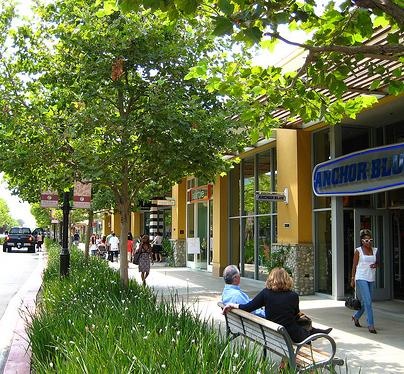Cities Should View Trees as Public Health Infrastructure
Read the entire article at Fast Company.
Think of a tree-lined street in the midst of a busy city. It feels like something of a treasure: hushed, cool, and sheltered from noise and sidewalk glare. These leafy streets cannot afford to be seen as a luxury, argues a new report from The Nature Conservancy.
Trees are sustainability power tools: They clean and cool the air, regulate temperatures, counteract the urban “heat island” effect, and support water quality and manage flow. Yes, they look pretty, but they also deliver measurable mental and physical health benefits to concrete-fatigued city dwellers. So with evidence to back up all the benefits of urban greenery, TNC set out to answer, in this report, the question of how cities can develop innovative financial structures and policies to plant more trees.
It’s a particularly pressing question now, because despite overwhelming evidence testifying to the environmental and health benefits of urban trees, their presence is declining in cities across the U.S. Around 4 million urban trees die or disappear each year, and replanting efforts have failed to keep pace, even though a 2016 study on California from the U.S. Forest Service found that every $1 spent on planting trees delivers about $5.82 in public benefits.
Because urban trees are often slotted into the “luxury” or “nice to have” category in city budgeting decisions (certainly less prioritized than public safety and infrastructure maintenance) funding is often inadequate, and fails to treat trees as a long-term investment, and certainly not one that can deliver health benefits. The standard rate of investment in trees is around one-third of a percent of a city’s budget, says Rob McDonald, TNC cities scientist and lead author on the report. “It’s not enough to just talk about why trees are important for health,” McDonald says. “We have to start talking about the systemic reasons why it’s so difficult for these sectors to interact – how the urban forestry sector can start talking to the health sector, and how we can create financial linkages between the two.”
Creating greener cities cannot be the responsibility of the health sector alone; McDonald says it will be crucial for urban forestry departments to more fully integrate the health benefits of their trees into messaging and goals in order to break down city agency silos and communicate more effectively with urban health and planning departments. And of course, as more and more cities develop strategies to create resilience against climate change, a healthy urban canopy will be a hugely necessary component.



